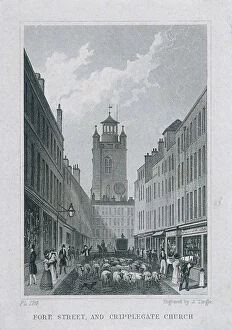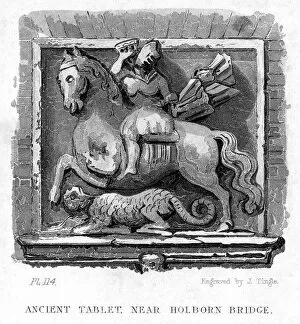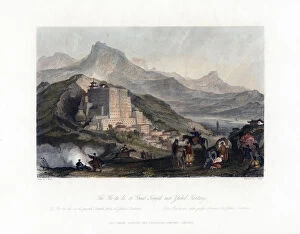James Tingle Collection
James Tingle was a talented artist based in London during the 19th century
All Professionally Made to Order for Quick Shipping
James Tingle was a talented artist based in London during the 19th century. His works captured various landmarks and scenes from the bustling city, showcasing his artistic prowess and attention to detail. One of his notable pieces is a depiction of St Katharines Dock in London, painted in 1834. The artwork beautifully portrays the vibrant atmosphere of the dock, with ships sailing on the Thames River and workers going about their daily tasks. Another masterpiece by Tingle is his painting of the Church of St Michael in Queenhithe, City of London. Created in 1831, this artwork showcases the architectural beauty and grandeur of this historic church. In 1845, Tingle created an exquisite painting capturing Gresham College on Basinghall Street. This piece highlights both the elegance and significance of this educational institution within London's cityscape. Tingle also depicted religious sites such as St Swithin London Stone and St Lawrence Jewry. These artworks from around 1830-1831 showcase his ability to capture intricate details while conveying a sense of reverence for these sacred spaces. The artist's diverse range can be seen through paintings like "St Brides Avenue" (1829), which depicts a charming street scene, or "Fore Street" (1830), which captures everyday life in bustling Victorian-era London. Tingle's talent extended beyond British shores as well. He ventured into international subjects like "The Poo Ta La, " a magnificent temple near Zhehol in Tartary, China (c1840). This work demonstrates his ability to transport viewers to far-off lands through artistry alone. Even French architecture found its way into Tingle's repertoire with his stunning portrayal of Chateau de Chambord in Loir-et-Cher (1875). Here he showcased not only architectural brilliance but also an appreciation for European culture outside Britain's borders. Lastly, Tingle immortalized Watermens and Lightermens Hall in St Mary at Hill, City of London (1830).









